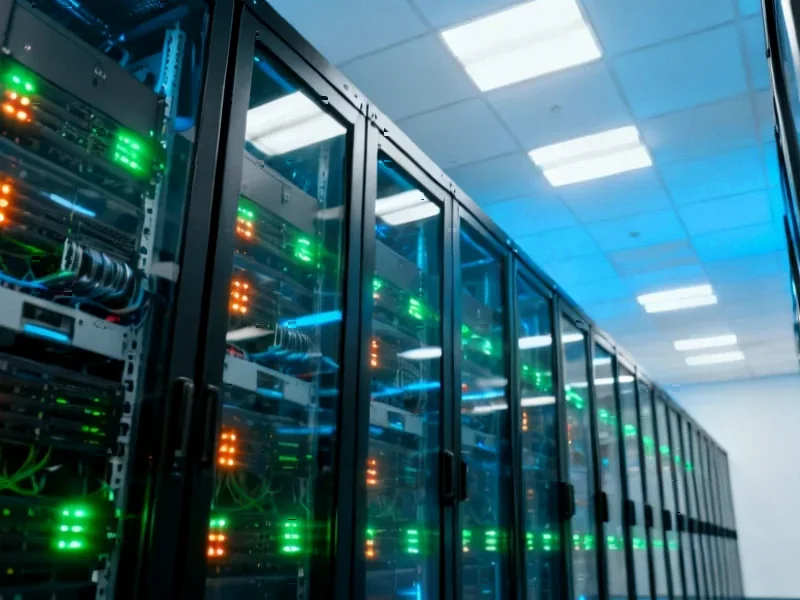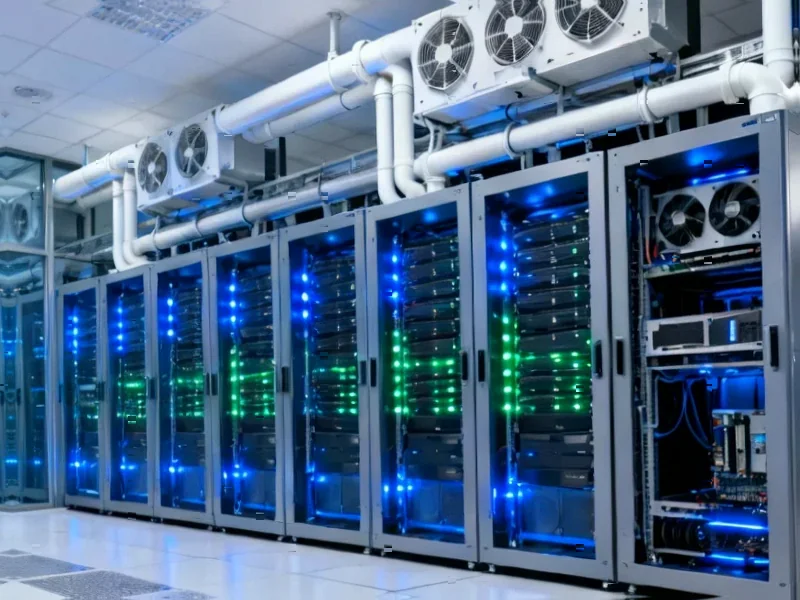According to TheRegister.com, Alphabet expects capital expenditures to reach $93 billion in 2025, nearly tripling from $32.25 billion in 2023, with the spending primarily driven by cloud customer demand and AI services growth. The company’s CFO Anat Ashkenazi confirmed the increased projection during recent earnings, up from February’s estimate of $75 billion, while Microsoft also reported accelerating capex with $34.9 billion in its first quarter of fiscal year 2026, significantly above analyst expectations of $30.34 billion. Oracle is joining the infrastructure race through massive debt offerings, including an $18 billion bond sale and potential additional $38 billion borrowing to fund its $300 billion cloud compute contract with OpenAI. Despite strong revenue growth of 16% year-over-year to $102.34 billion, investors expressed concerns about potential overshooting of demand, causing Microsoft shares to drop 3% in extended trading amid fears of an AI bubble.
Table of Contents
Unprecedented Infrastructure Scale
The magnitude of this capital expenditure surge represents one of the largest concentrated infrastructure builds in technology history. When Alphabet increases spending from $32 billion to $93 billion within two years, we’re witnessing a fundamental shift in how technology companies view their core infrastructure requirements. This isn’t merely expanding existing capacity—it’s building for computational demands that don’t yet exist at scale. The parallel spending by Microsoft and Oracle suggests the industry anticipates a step-function change in computing requirements, particularly for training and running large AI models that consume orders of magnitude more resources than traditional cloud workloads.
GPU Economics and Supply Chain Pressures
Microsoft’s disclosure that approximately half their spending targets “short-lived assets” like GPUs and CPUs reveals the temporary nature of this infrastructure race. Unlike traditional datacenters with 10-15 year lifespans, AI-specific hardware faces rapid obsolescence as new chip architectures emerge every 12-18 months. This creates a treadmill effect where companies must continuously reinvest just to maintain competitive performance. The collective spending surge from multiple tech giants will inevitably strain AI hardware supply chains, potentially creating shortages that could advantage companies with deeper supplier relationships or custom silicon development capabilities like Google’s TPU infrastructure.
The Revenue Viability Question
Investor concerns about whether AI infrastructure spending will generate proportional returns are well-founded based on historical technology investment cycles. The current projections assume sustained high demand for AI services at premium pricing, but history shows that as technologies mature, prices typically decline while competition increases. The risk isn’t whether AI will be important—it clearly will be—but whether the current infrastructure gold rush accurately anticipates future pricing power and utilization rates. If enterprise adoption progresses more slowly than anticipated or if AI workloads become more efficient through algorithmic improvements, we could see significant overcapacity developing by 2026-2027.
Winner-Take-Most Dynamics
The simultaneous infrastructure expansion by all major cloud computing players reflects the “winner-take-most” dynamics characteristic of platform businesses. Unlike previous technology cycles where companies could specialize, AI infrastructure requires massive scale to be competitive. This creates a prisoner’s dilemma where each company must invest aggressively or risk being locked out of the market entirely. However, this collective action problem could lead to industry-wide overinvestment if demand growth doesn’t materialize as projected. The companies best positioned may be those with diversified revenue streams that can absorb temporary underutilization of AI-specific infrastructure.
Structural Industry Changes Ahead
This infrastructure buildout will permanently alter the technology landscape beyond just Microsoft, Alphabet, and Oracle’s financials. The capital intensity creates nearly insurmountable barriers to entry for new competitors, potentially cementing the dominance of existing cloud giants for the next decade. Additionally, the focus on AI-optimized infrastructure may lead to bifurcation in cloud services—general-purpose computing versus specialized AI workloads—with different economic characteristics and competitive dynamics. Companies that successfully navigate this transition will emerge with unprecedented scale advantages, while those that misjudge demand timing or technological shifts could face significant financial headwinds from underutilized assets.



